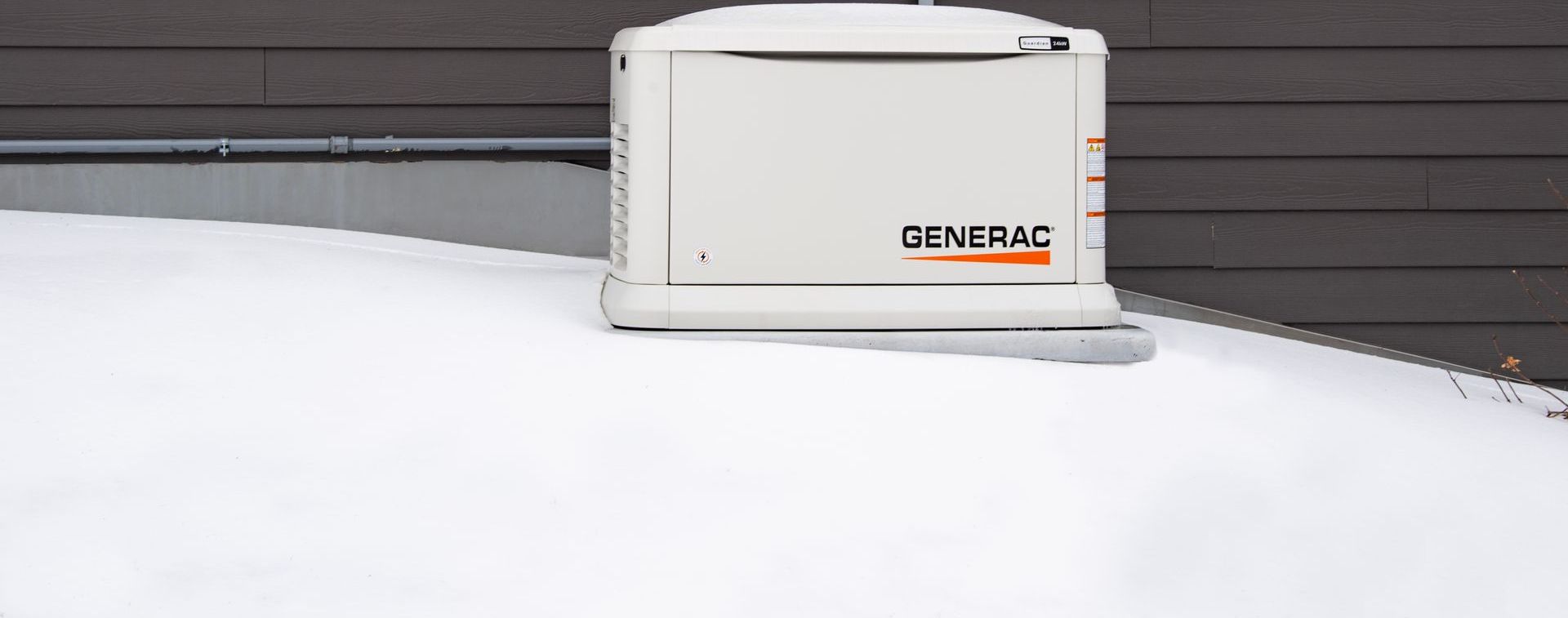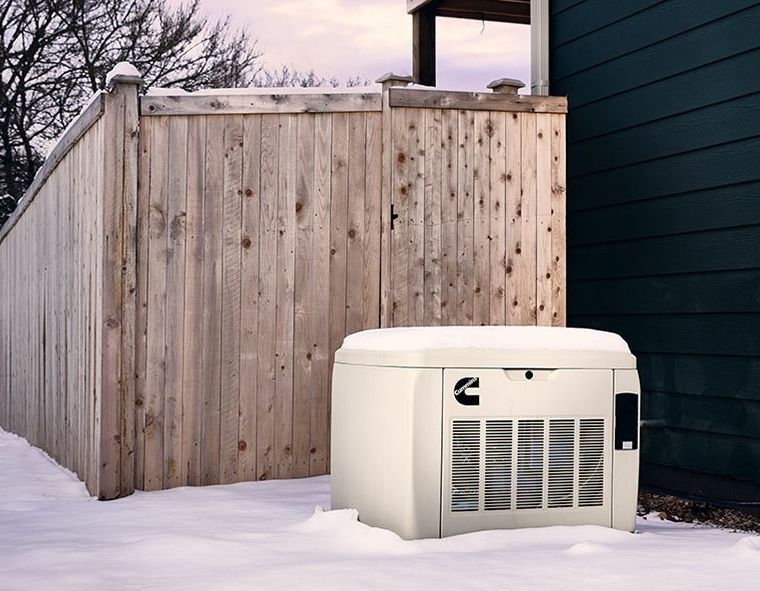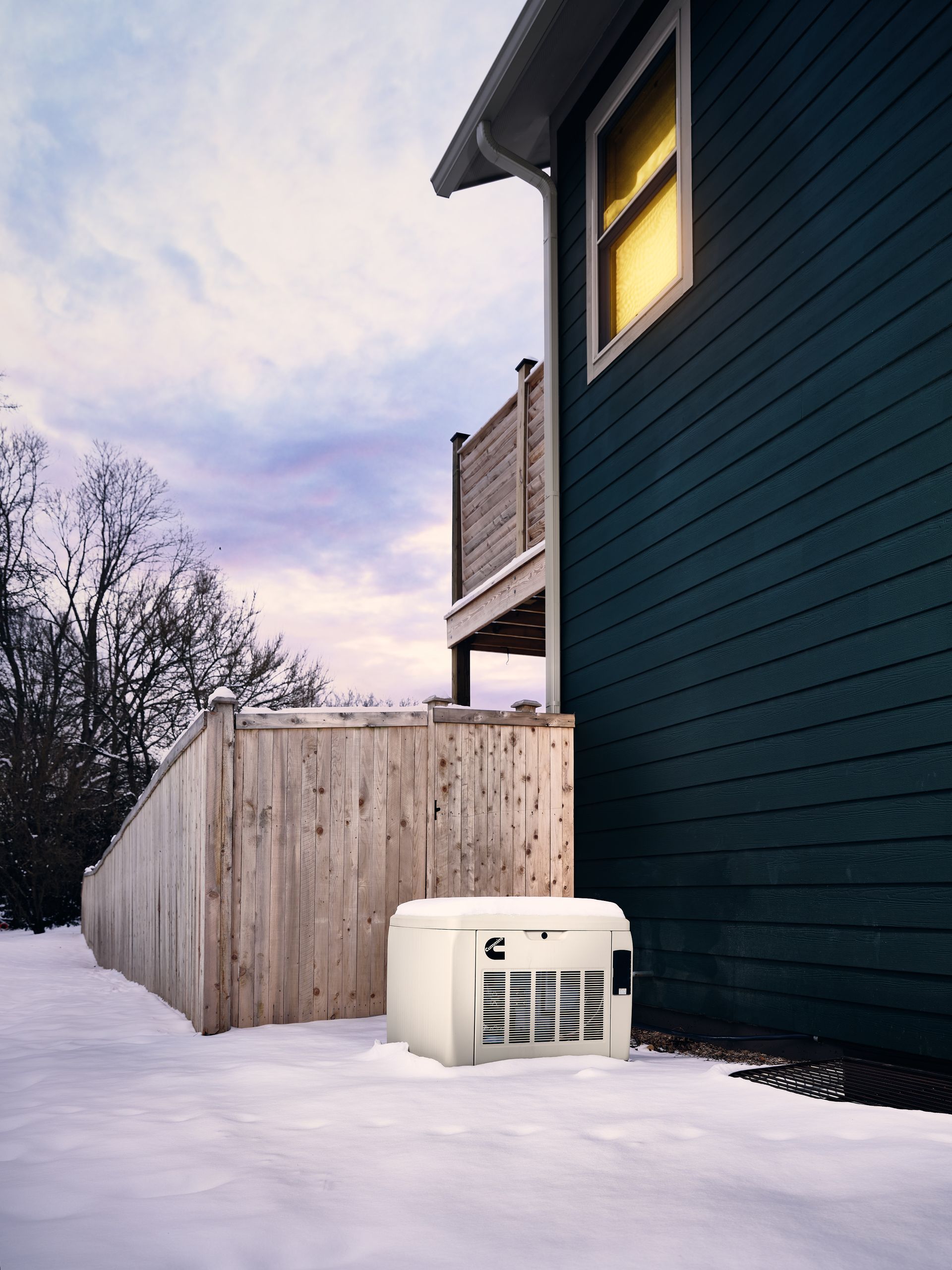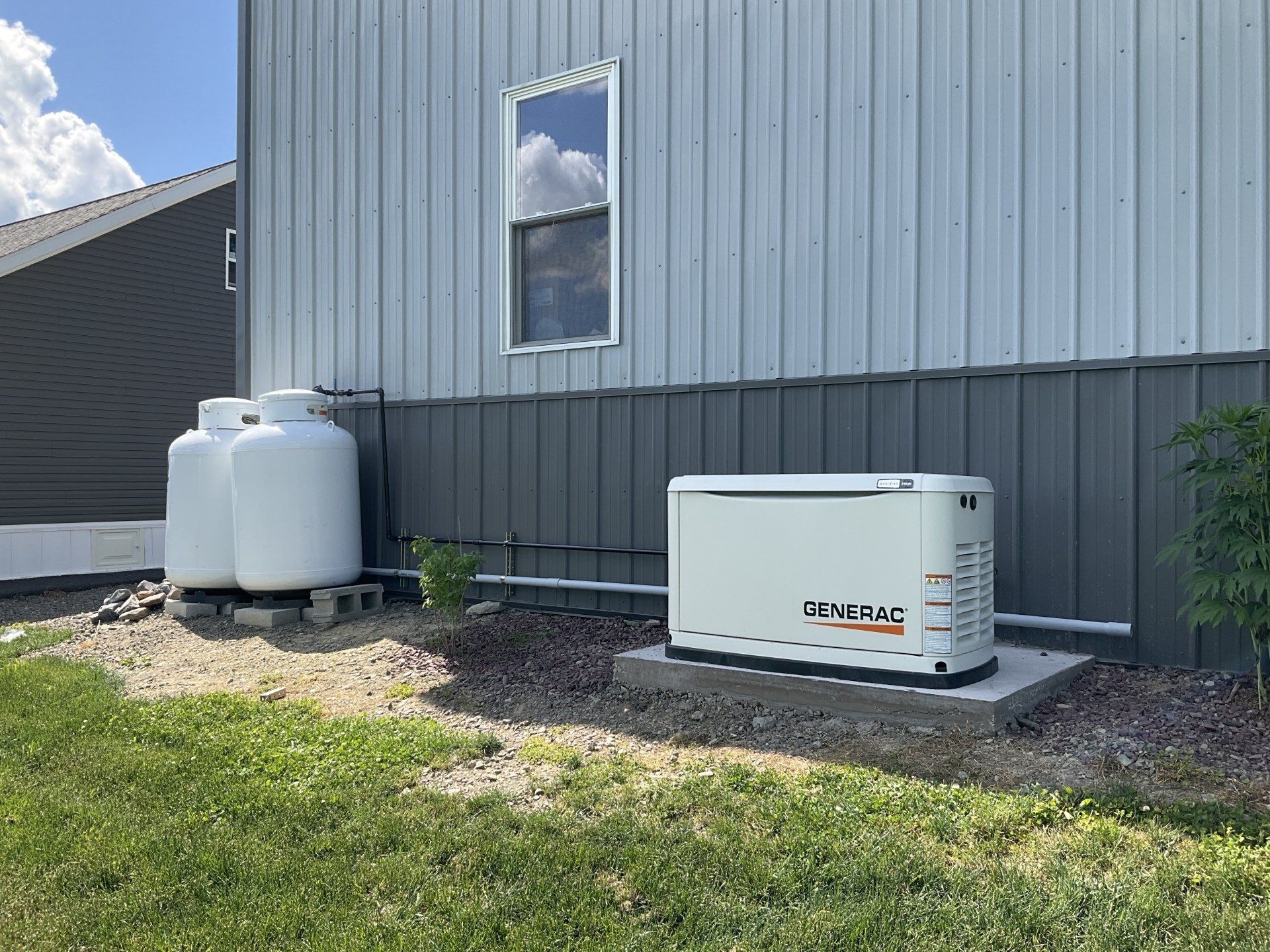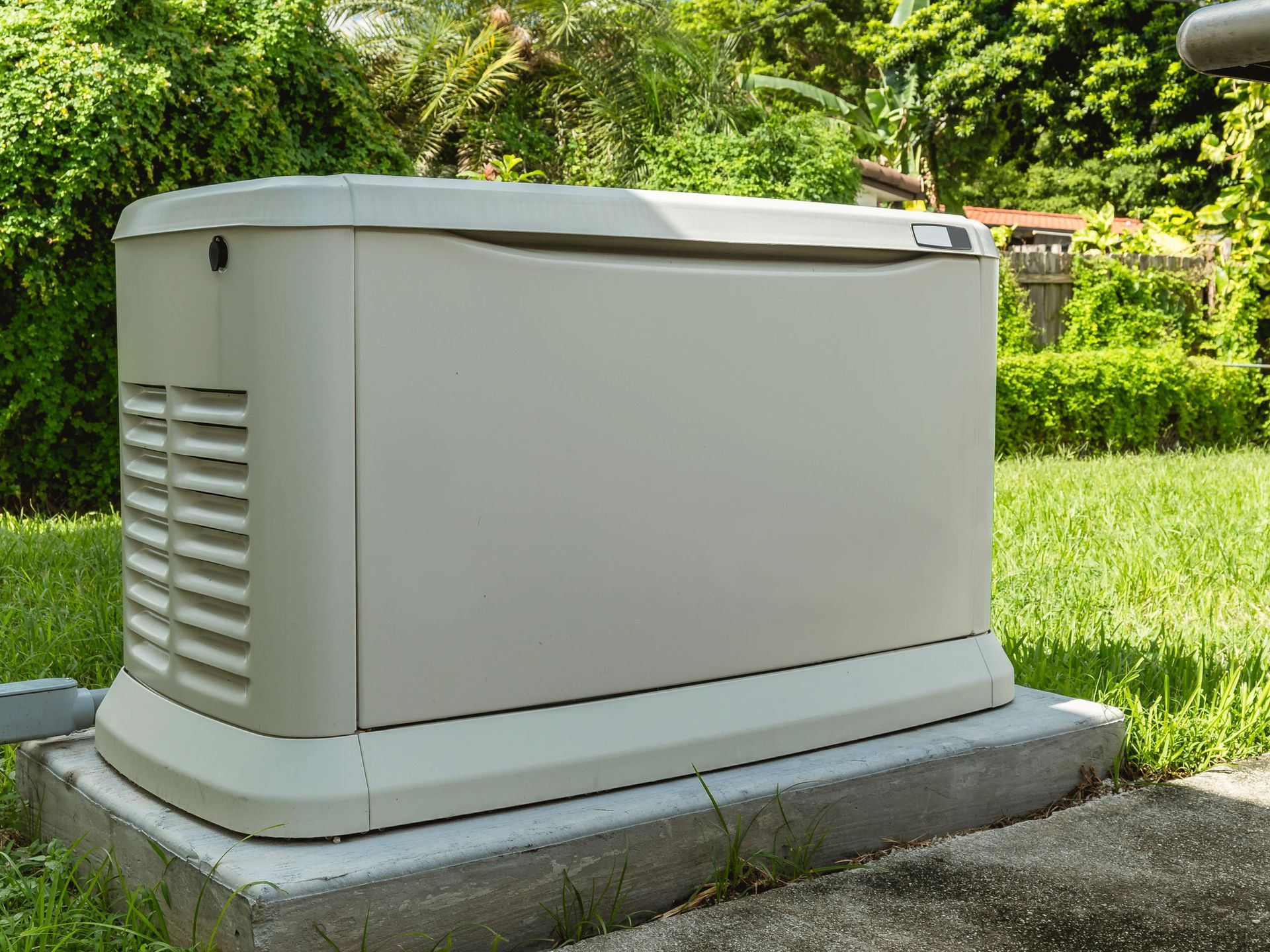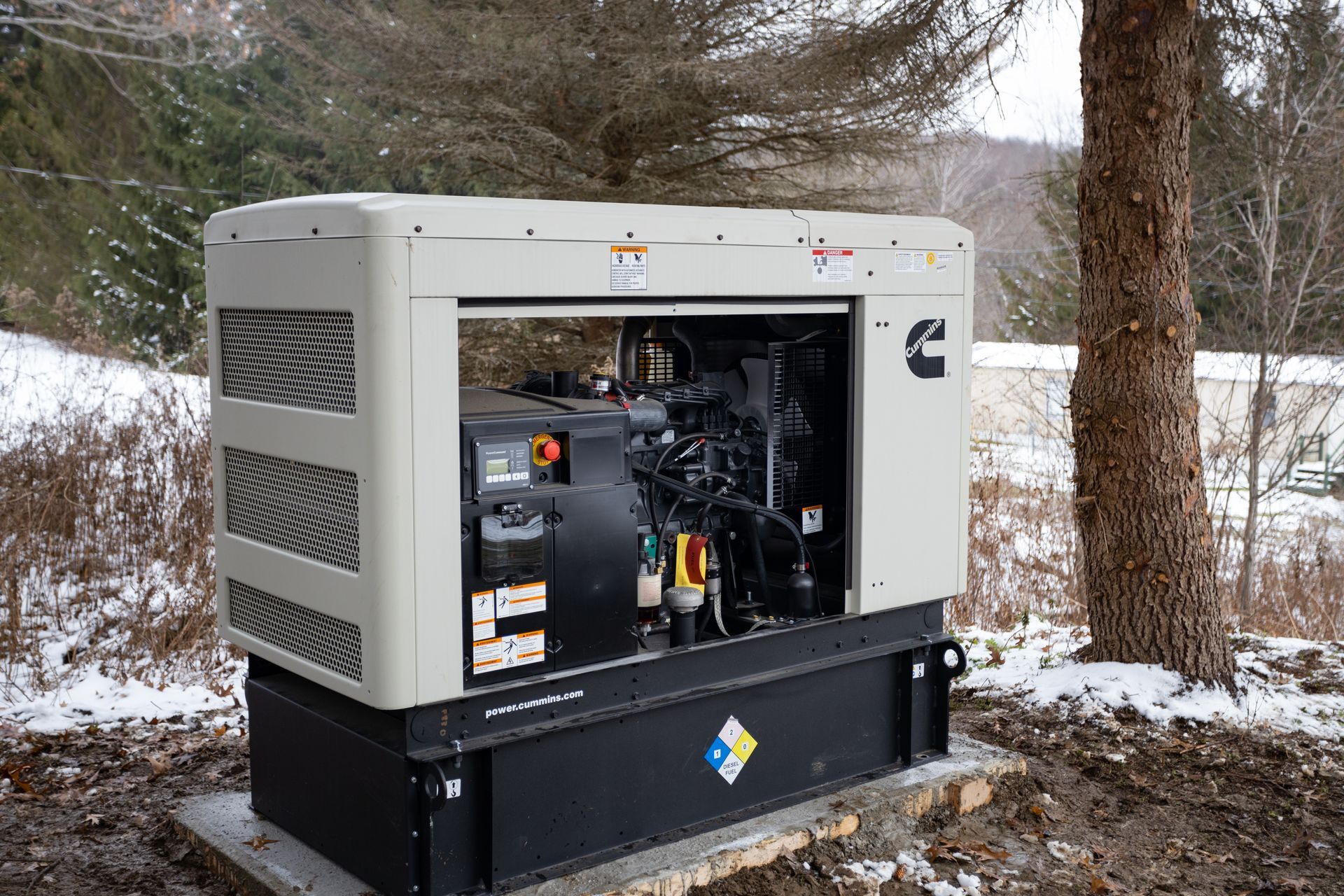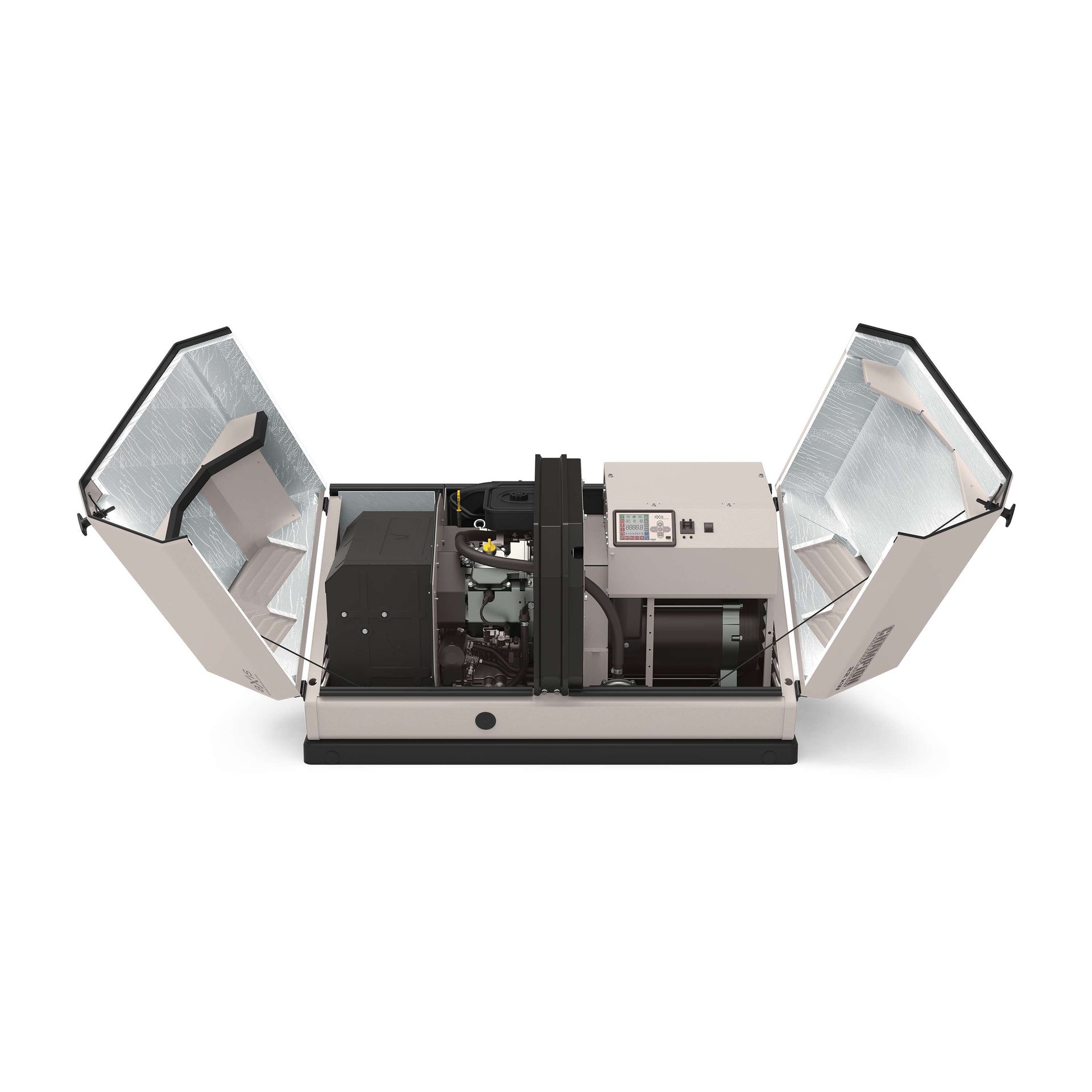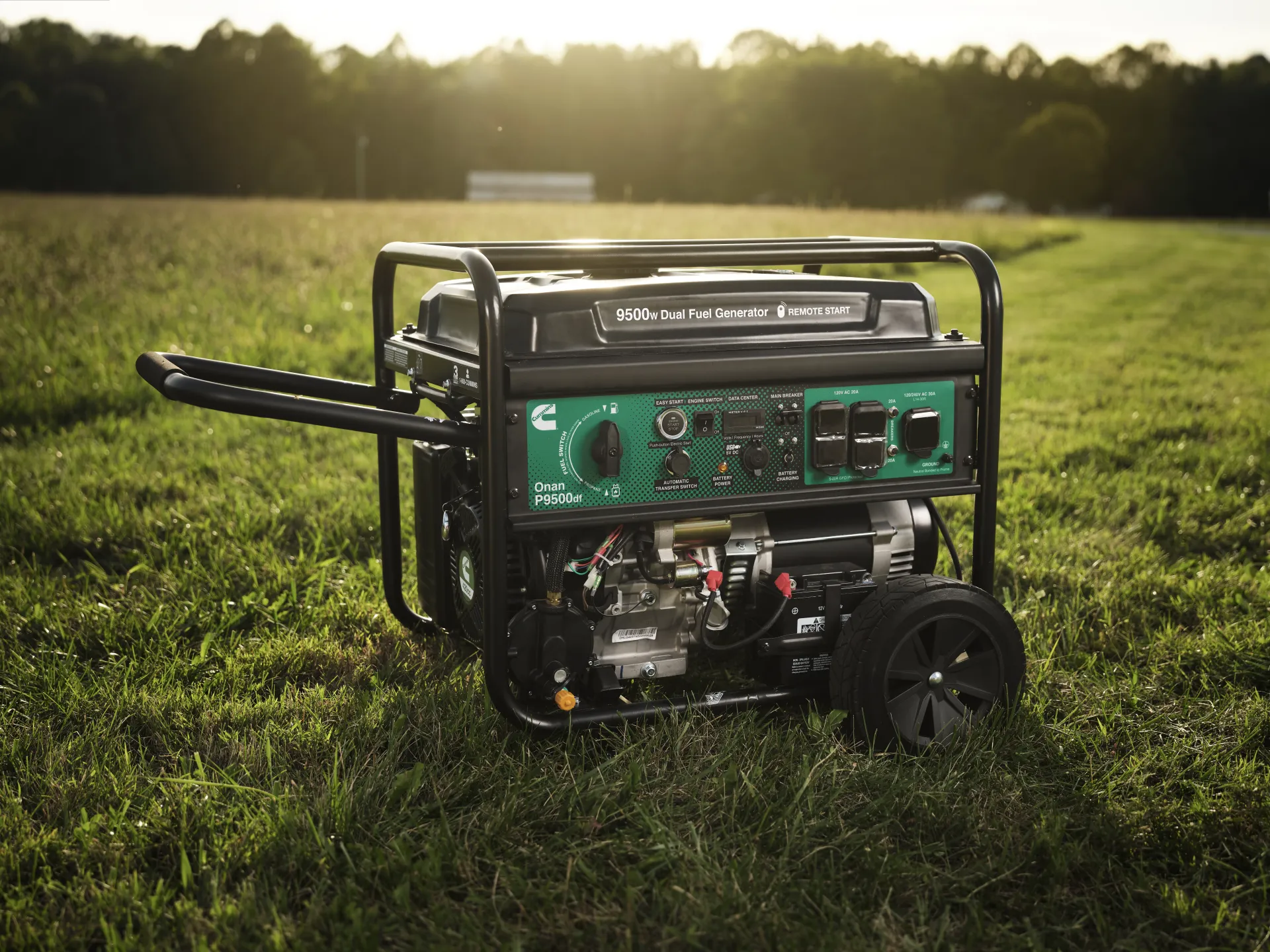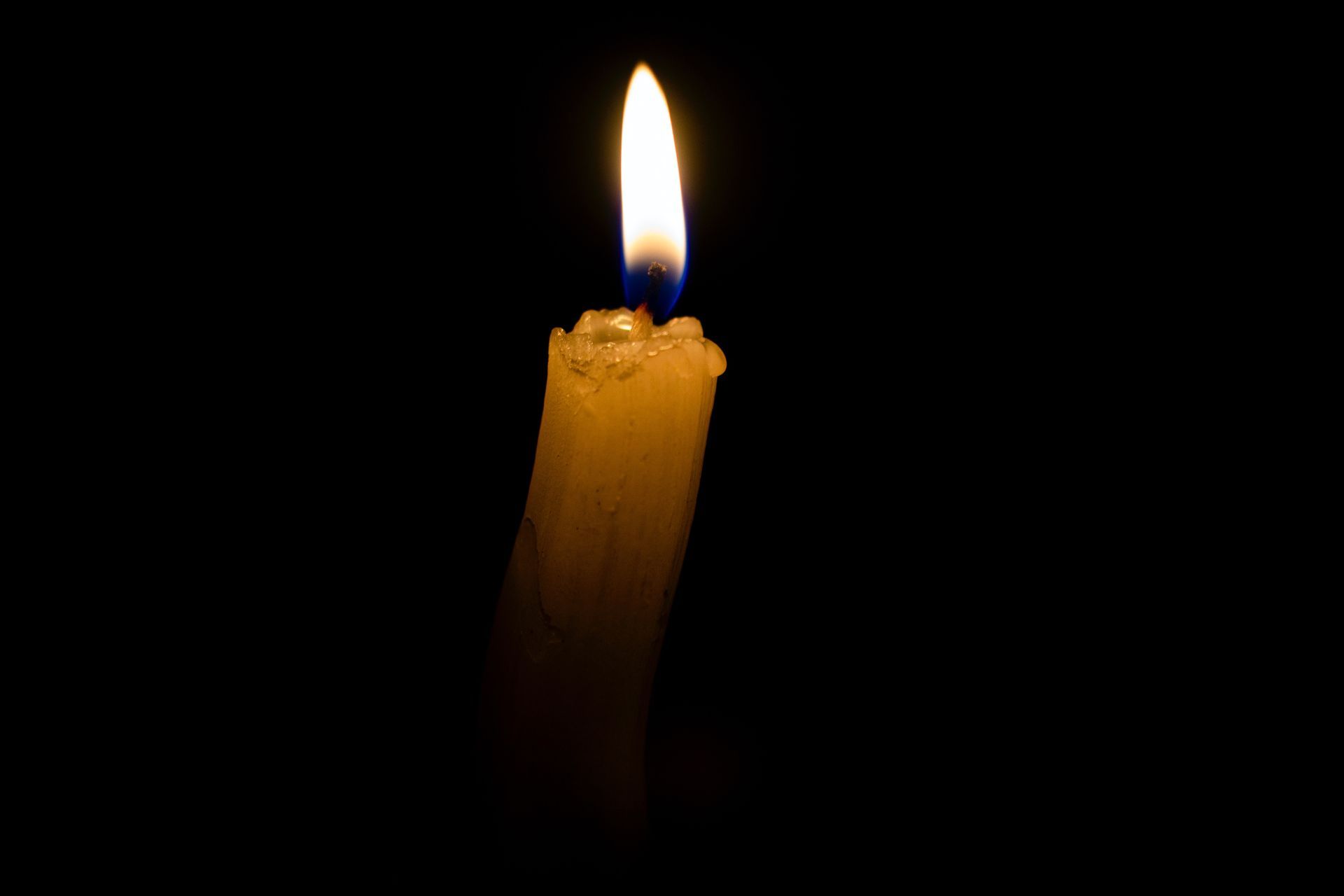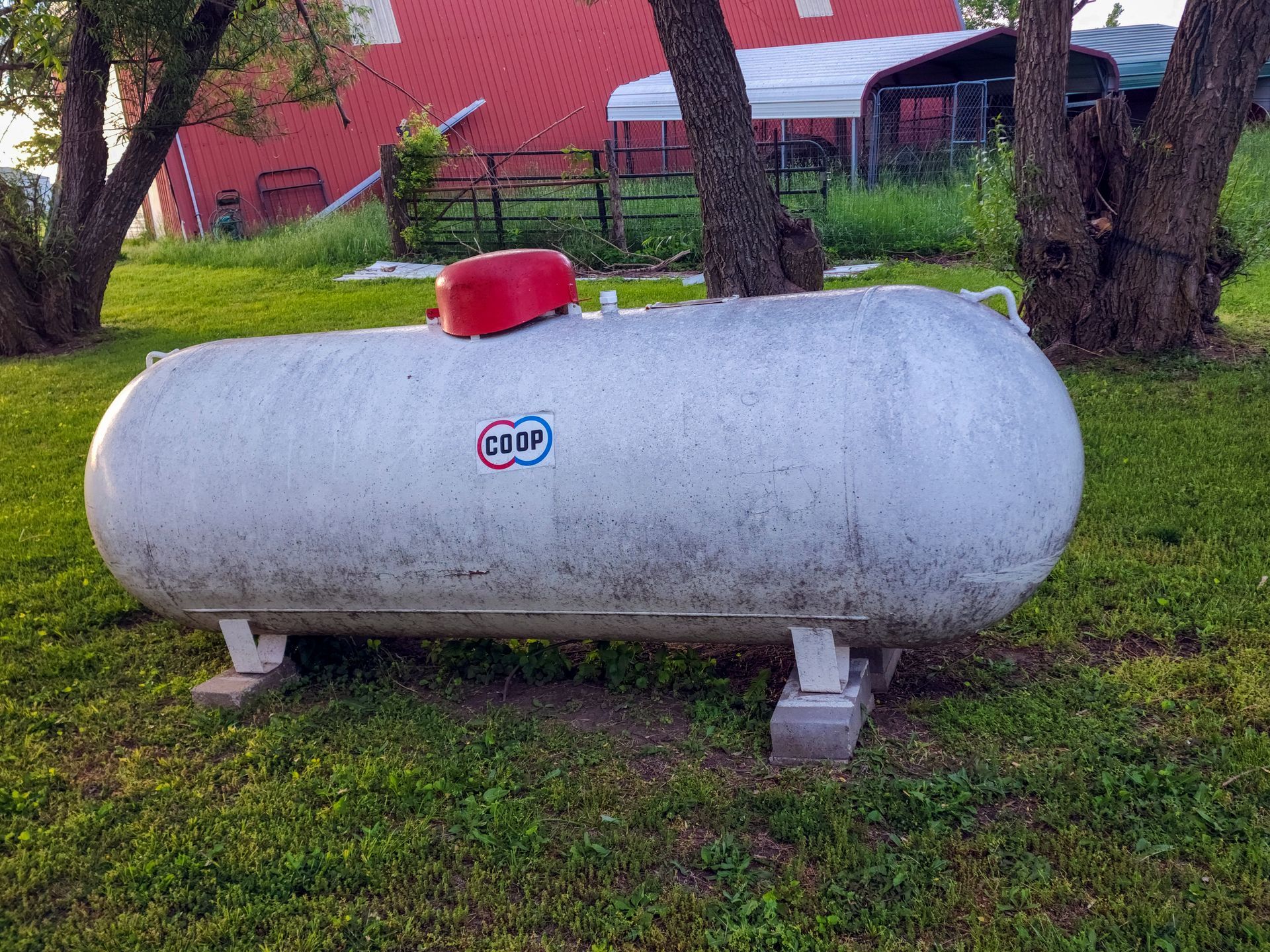Cummins (Onan) Standby Generator Review: QuietConnect Series
The Home Generator Market has a competitive field of Manufacturers...
... all of whom are vying for the opportunity to put one of their units next to your home, but perhaps none are more qualified than the Cummins Quiet Connect Series Standby Generators. With some of the most competitive prices, longest lifespans, quietest running performance, and best cold weather operation on the market, the Cummins Brand Standby units are a no-brainer for home owners in the North East.
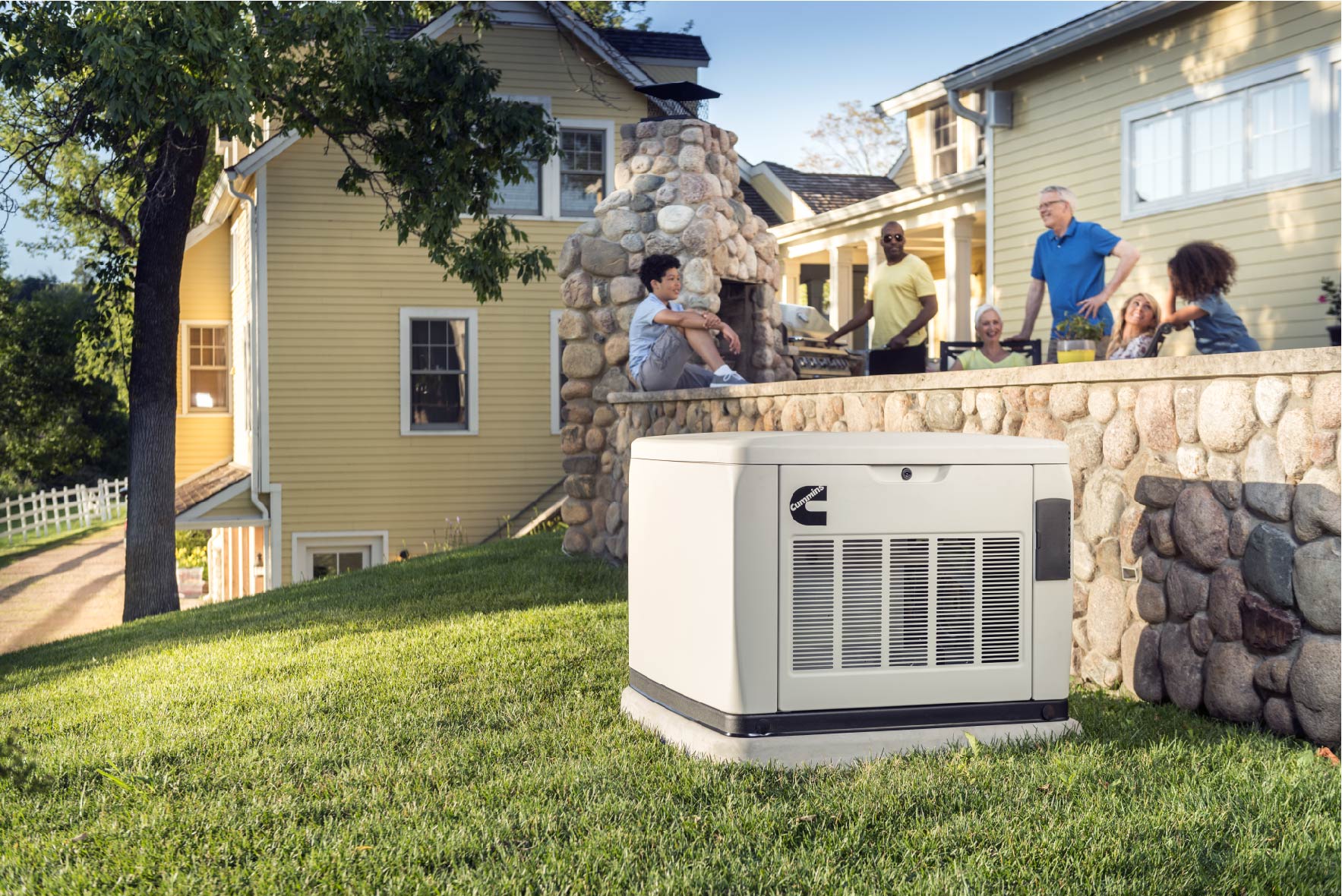
Cummins Onan Background
Cummins is a name you’ve almost certainly heard before, they produce the widely beloved and popular 5.9L and 6.7L Dodge Ram truck engines. The brand has an unrivaled reputation for engine development and manufacturing, and their products span the entire length of power generation, not just truck engines.
Cummins purchased Onan in the 1980’s which allowed them to expand their technology into the generator market, which had previously been mostly just trucks, buses and other motor vehicles. At that point in time, both brands Cummins and Onan, had developed an exceptional reputation in their respective markets.
Onan was originally its own company founded in 1925 by David W. Onan. During which time they developed a strong reputation for their military and civilian stand-alone generators. Once the purchase was completed the brands were merged into “Cummins Power Systems” which is the label you will see today on standby and portable generators.
-Manufactured In the USA-
This has become more and more of a sticking point for homeowners in recent memory, but the desire to support American manufacturing and American businesses is one that resonates with us deeply as a service provider, so we’ve chosen our partners very carefully based on that fact. A bulk of the US work for Cummins Power Generation products is done from their HQ in Minnesota, but they even have plants all across the country, including here in New York, Jamestown specifically.
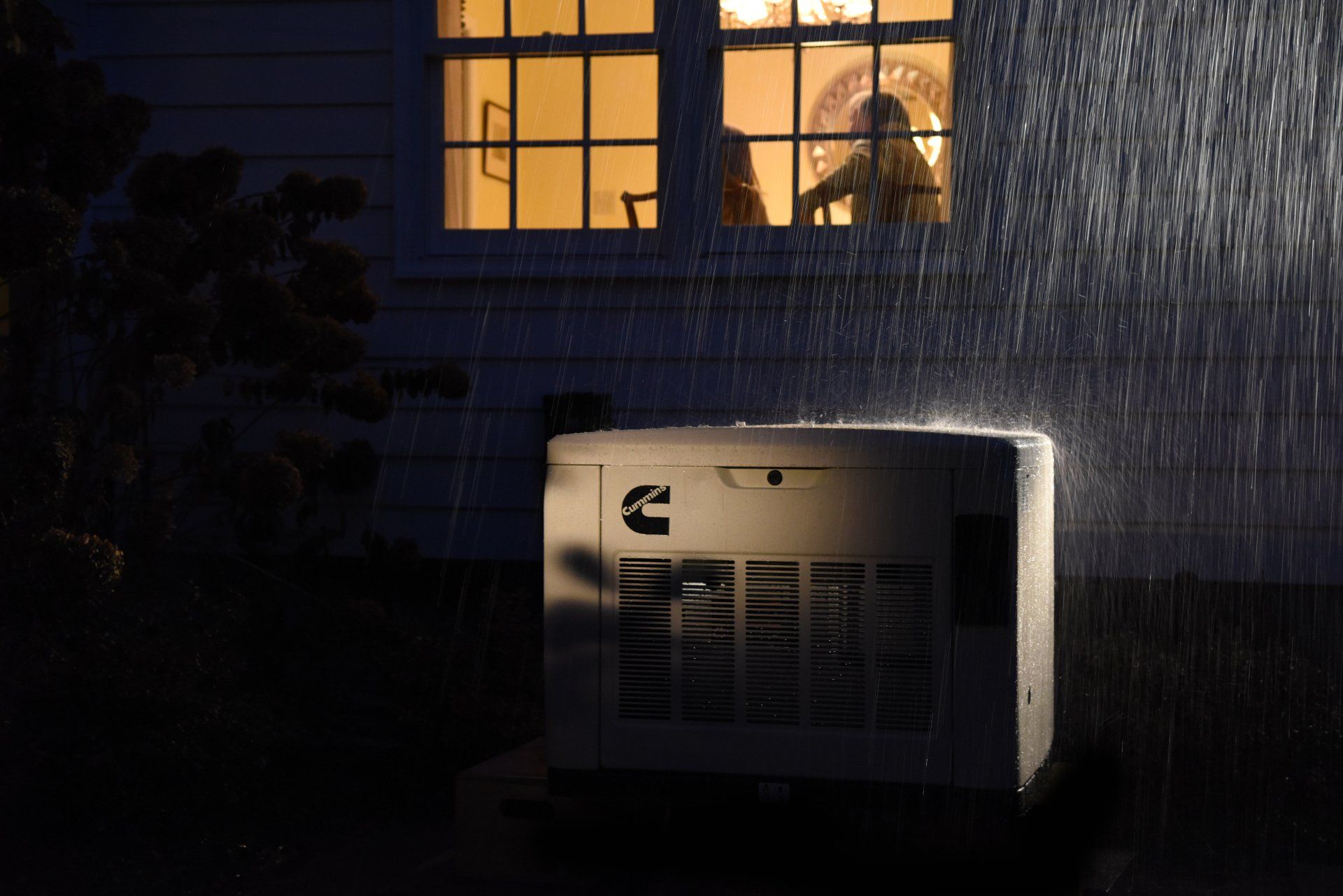
Configurations and Sizing
When first researching standby generators people generally see lots of ads for Generac and posts about how to size a generator for their home, so we will cover that up-front. Most manufacturers have several different residential models ranging from 10kW to 25kW, and that is generally where most people will fall in terms of their power consumption. Most manufacturers also produce units larger than that but they are less common for residential use.
Cummins produces a 13kW, 17kW and 20kW version of their Quiet Connect Generator. We strongly feel that these three intervals are perfect for the conditions of most homes, particularly in the North East where we are an installation and service provider. The casing and form factor of these three units are identical, but the alternator and programming vary depending on the unit.
We have found in our research and experience that 13kW is really the bottom rung in terms of fully functional usage. Although some brands do make smaller standby units, these units are not much more powerful than your average portable generator, and are probably not going to be able to supply enough power to your home. Also bear in mind that a larger generator includes a higher price tag.
Get an In-home Estimate
It is also important to note that the sizing process has more to do with the number and frequency of people and appliances drawing power in your home than it does with actual house size or square footage of the home. It may not be obvious at first, but when you think about it, one person in a large home will probably end up using less power than a smaller home with five residents, multiple refrigerators and dozens of other appliances. Having a pro walk you through the power usage is always a good idea.
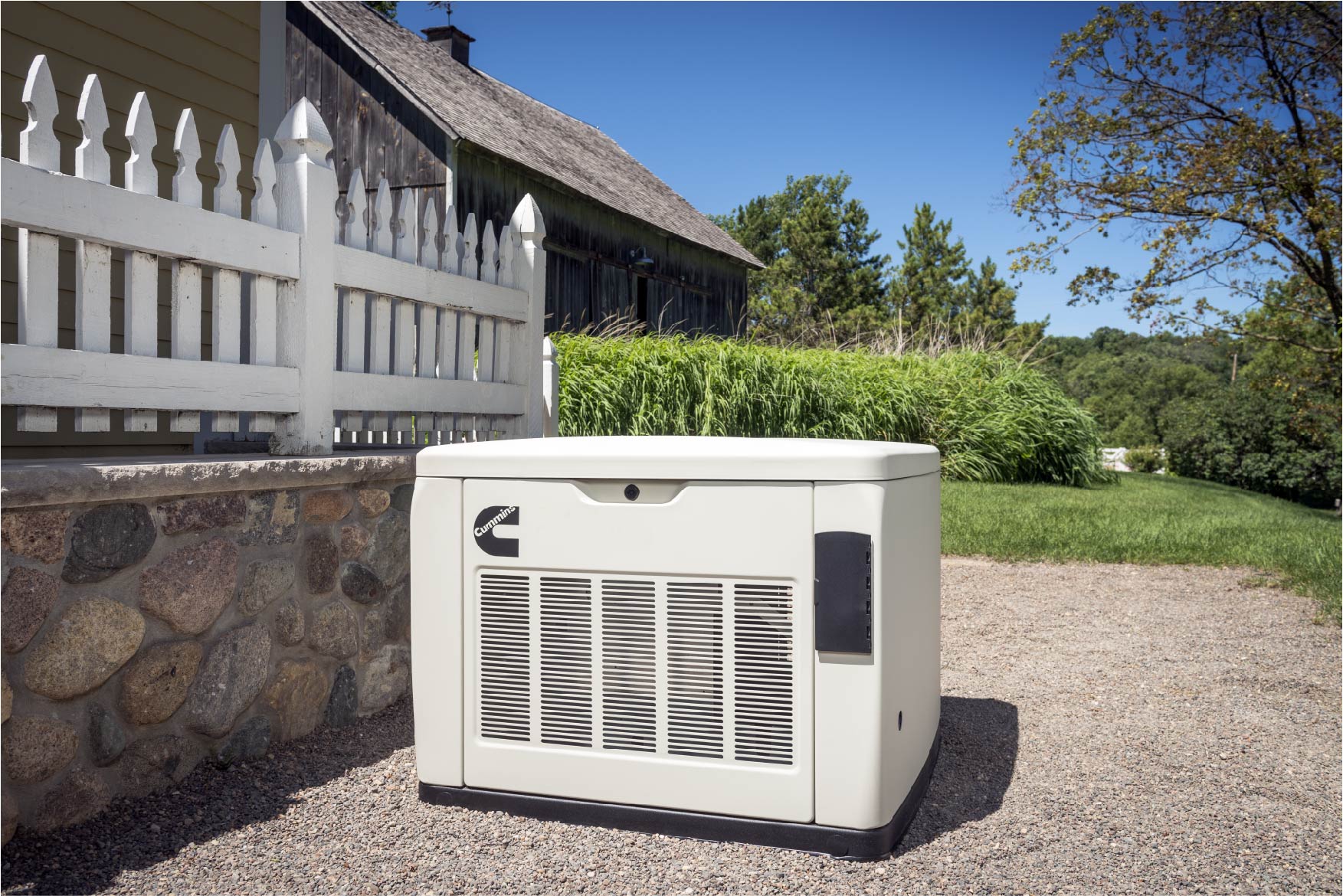
Fuel?
The process of fueling your generator is also a major consideration for home generators. 90% of the time, homeowners will be using natural gas or propane. If you already have a provider for that service, you're already good to go. As long as you have the ability to continue providing natural gas to the unit, it can run interrupted (theoretically) for days on end.
It is uncommon, but Cummins also offers a diesel gas generator model as well. It is worth noting that these units are larger and do need to be refueled just like any other diesel engine would require. This unit comes in 20kW and up, so it isn’t the best option if you were considering anything less in terms of wattage.
-What about solar energy?-
It’s an entirely different subject. As we know, technology advances fast, but in its current state it’s not something we recommend to home owners as a whole-home back-up solution. Most homeowners who live in New York State are familiar with the unpredictability of our seasonal weather, so counting on the sun will probably leave you high and dry more often than you’d want. That isn’t to say that solar technology is “bad,” only that in its current form we don’t recommend it to homeowners; this could easily change in the future as technology improves.
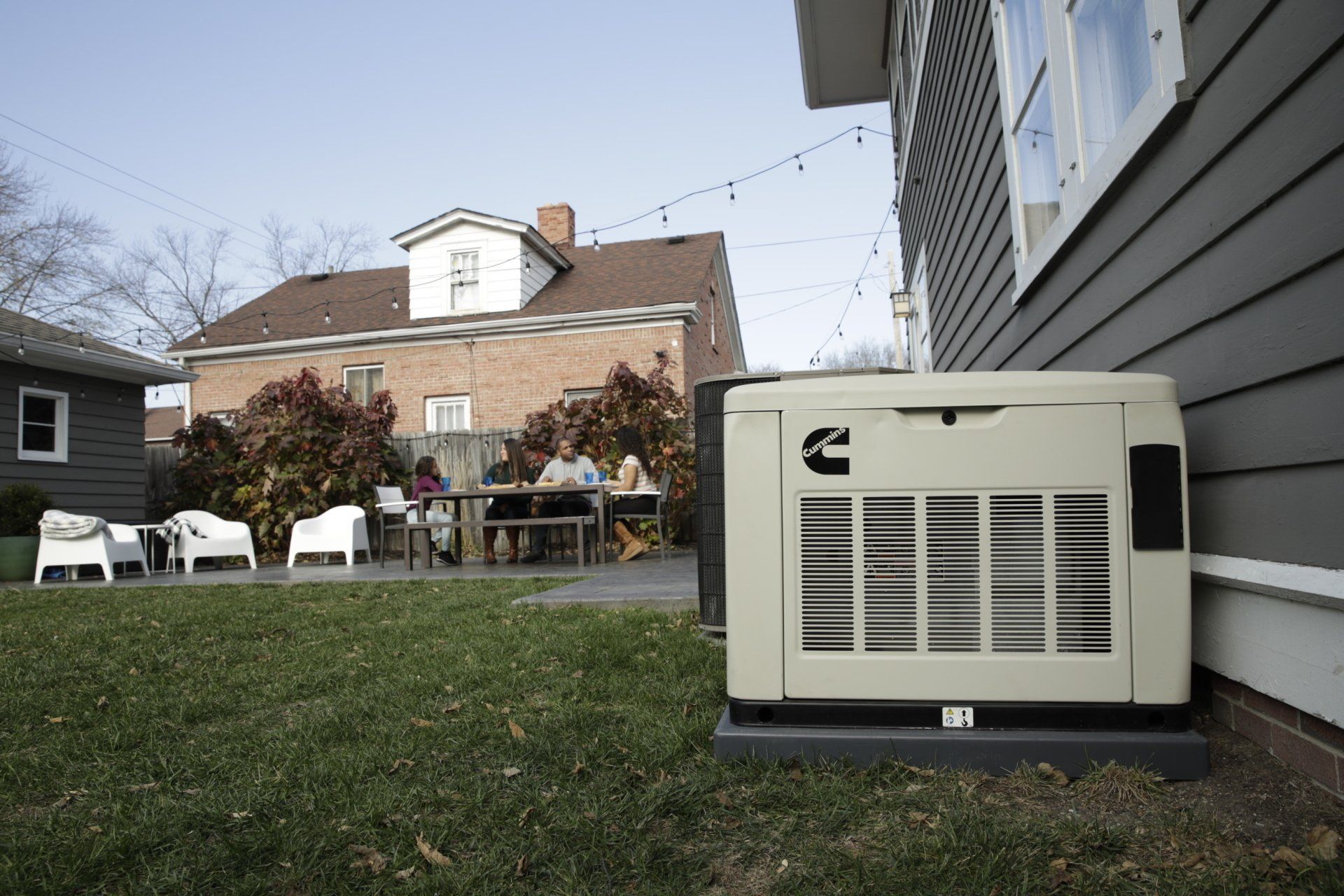
Pricing?
Pricing among standby generators in general is fairly competitive, with full purchase and installation averaging around $15,000 at the national level. Most contractors worth their salt will be giving an all-inclusive quote which SHOULD include everything you need, but it would be worth your time to double check when gathering quotes.
Obviously pricing varies not only based on the generator model but also on what materials and labor are required. A perfect example; you can safely bet a quote for a generator 25 feet away from the home with trenching for piping and electrical wiring is going to be considerably more expensive than one for a generator right next to the home with everything above ground.
There was a time where the direct purchase price of a Cummins unit was a bit more expensive than competitors (as is often the case with products made in America), but global events have all but eliminated that price gap. Depending on when you start looking at prices online, you may even discover that Cummins units are sometimes cheaper than Generacs or Kholer units at the same size.
Installations, Maintenance and Warranty
Part of the appeal of a standby generator is the hands-off functionality. If everything is done correctly, a power outage will trigger your generator and you won't have to do anything. This is because Cummins generators are installed with Automatic Transfer Switches. Every generator manufacturer makes their own switches and you’ll always want to make sure this is included in your installation.
Depending on the size of your generator and the installation, there will be a certain number of circuits that the generator will power, and there may be some that are not powered, this is why sizing is so important, and often why very small generators won’t end up powering much.
Cummins (and most other manufacturers as well) do have service recommendations that we also recommend following, most of which are dependent on hours of use rather than actual age. For example, oil changes and other basic maintenance are recommended on intervals such as 24 and the 100 hours of use. These are all clearly outlined in the owner's manual provided with every unit.
Depending on your circumstances you could easily see the first 24 hours of use within the first year of ownership, but it may take longer than that. If you're a particularly handy individual you may be able to do some of these maintenance tasks yourself; if you’d prefer it to be done by a professional you can always use the Cummins website to find an Authorized Service Provider in your area.
- Is an Automatic Transfer Switch Always Included? -
The short answer is no, so this is something you’ll want to make sure you’re paying attention to. Our company always sells our Cummins units with the appropriate switch included, but that isn’t the case with all companies and is not always the case with wholesalers either. When you’re getting quotes and contracts make sure you discuss having the proper Transfer Switch included as part of your install. If you’re buying wholesale make sure it’s included in the package you order. If it doesn't specify it likely means it won’t be included.
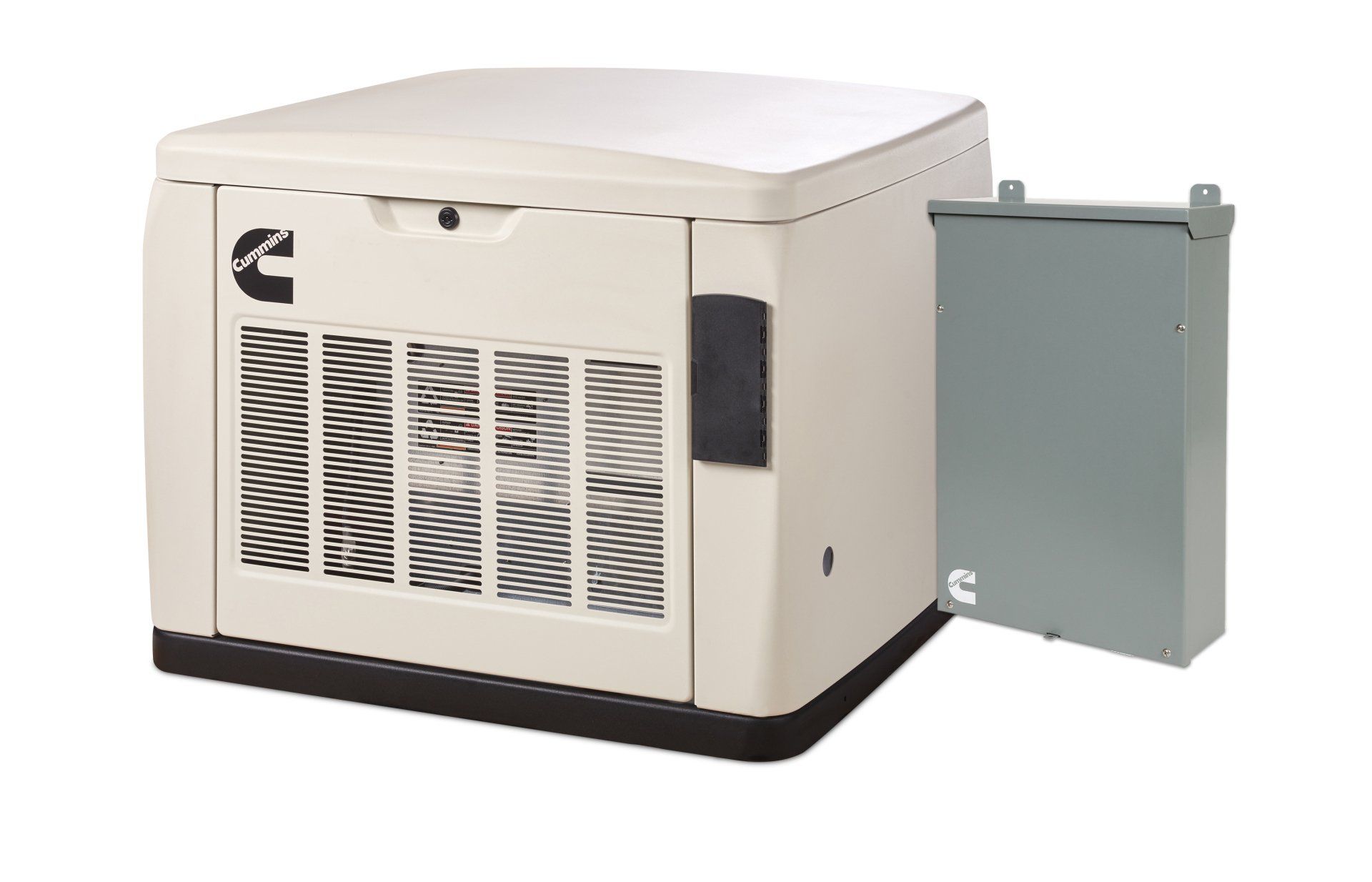
Noise Levels?
This portion in particular is one where the Cummins unit excels. As the name implies, the Cummins Quiet Connect Series generators are easily the most muted on the market, without a question. Take a look at this video displaying different sound levels from a variety of units and manufacturers.
Even though it is the quietest on the market, these kinds of home generators are not exactly “quiet.” They are, after all, very large engines and the goal is to engineer them well, get good insulation in the casing, and limit that noise level as much as possible. Some of these generators can get quite loud but for the Cummins units it’s very reasonable, no louder than conversation level, with more distance being better.
That being said, consider noise levels in your placement whenever possible, avoid proximity to windows and thin walls around your house when deciding on an installation site. This is not always as simple a process as you might think, since often the “ideal” placement will violate a municipal guideline or HOA regulation. This is another good reason to get an in-home estimate from a local company, one who is familiar with relevant regulations in your State/County or town.
Cold Weather Performance?
This is the other area in which Cummins Generators excel and why we chose them specifically as our manufacturer, their cold weather performance right out of the box is top notch. There are obviously places in the U.S. where this might not be so relevant, but here in the North East, it’s an absolute necessity. Cummins units are rated down to Zero with the standard kit.
Most manufacturers (including Cummins) also offer additional cold-weather kits that expand that range of uninhibited function at even lower temperatures. We understand that after purchasing your generator you might not want to spend a few extra hundred dollars on one of these kits, but if the purchase is within your budget, we always recommend it, particularly if you live in the mountainous areas of New York or by the Great Lakes where temperatures can fall far below zero.
- Watch out for Snow Buildup -
An unfortunate situation that can affect nearly any homeowner with a Standby Generator is the build up of snow around the unit. A normal snowfall of 8-12 inches will probably have very little effect on your unit, but if the unit becomes covered in snow and no longer has the ability to get air through the engine, you could see some issues. During extremely heavy storms, it would be worth your while to keep an eye on the generator and perhaps clear some space if you have the ability to do so.
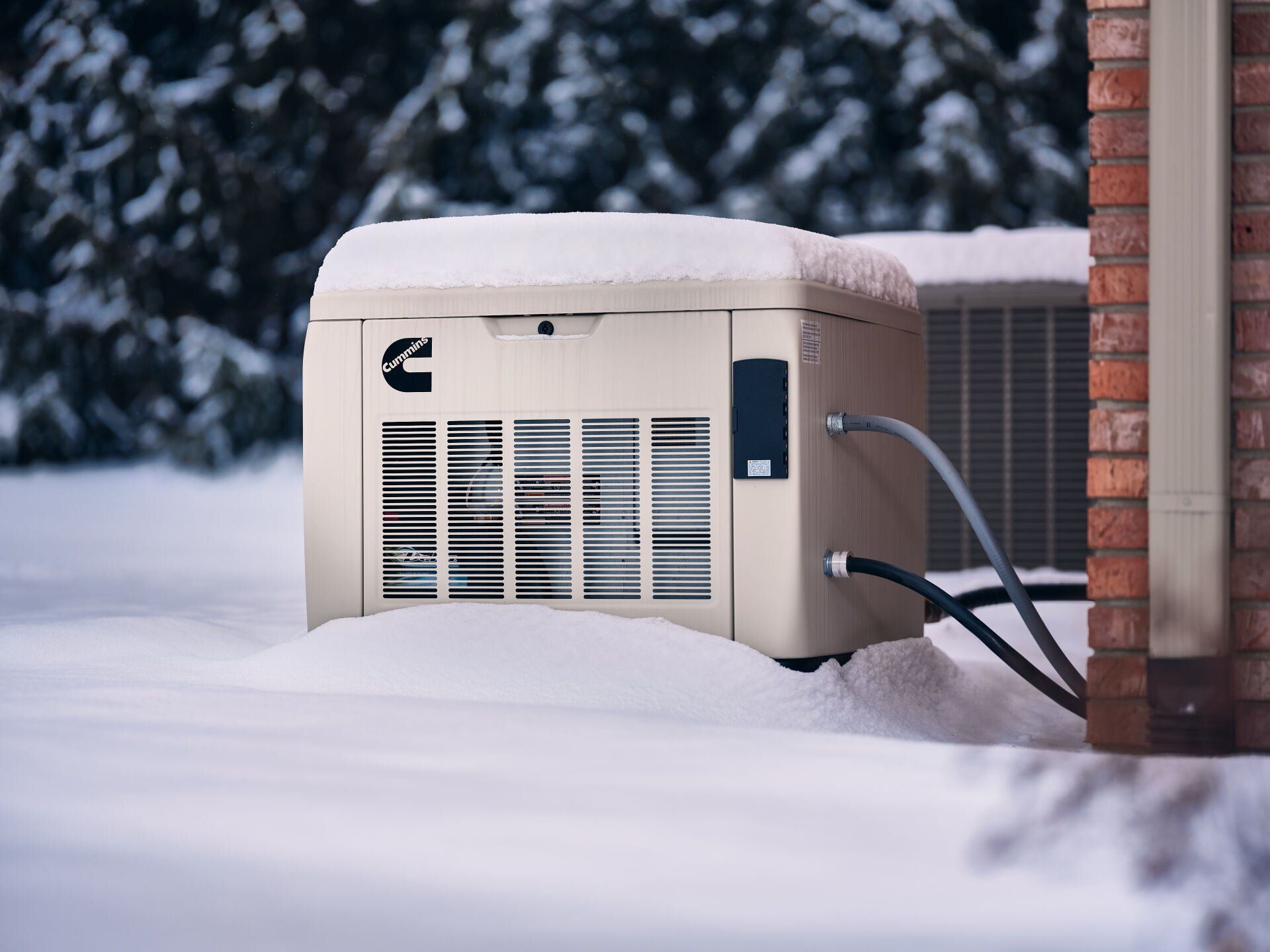
Smartphone Monitoring
Since we live in the Smartphone Age, your generator comes with a Smartphone App to accompany it. This app is used specifically for remote monitoring and can be very useful depending on your situation and how you choose to use it. If your generator is installed at a secondary or vacation home, having a remote monitoring option is almost certainly a necessity.
This app, Cummins Cloud Connect, supplies you with information on your generator's current status and all related functions, as well as diagnostic information from your previous self-test. This is another great feature you get with the Cummins units: Self Diagnostics. Twice a month your generator will start up and conduct a brief self-test to ensure all functionality continues as normal.
So, what if I don’t want my generator to self-test?
New Paragraph
You may be thinking that turning off the self test feature to save some fuel is a good idea, and that is something you can do with relative ease, but you may not be surprised to hear that we do not think that is a good idea. We want homeowners to be able to confidently rely on their generators for an impending power outage, and being informed about your generator's status is part of that equation.
When Hurricane Home Solutions was started we had pros from a variety of backgrounds and with a variety of experience bringing their knowledge and expertise to the table for a discussion about how we were going to operate and what products we would be using. When assessing generator brands the team quickly came to the conclusion that Cummins would be a no brainer for our business.
- In conclusion.... -
The reliability of Cummins units allows for peace of mind for homeowners and service providers like ourselves. Homeowners can be comfortable and confident with their units and we don’t have to worry about constant service issues and malfunctions. It goes without saying at this point that we highly recommend homeowners who are considering a home standby generator to consider a Cummins.
